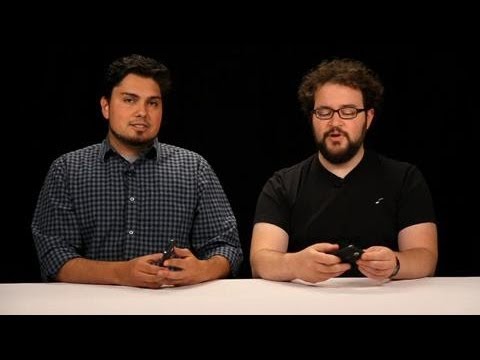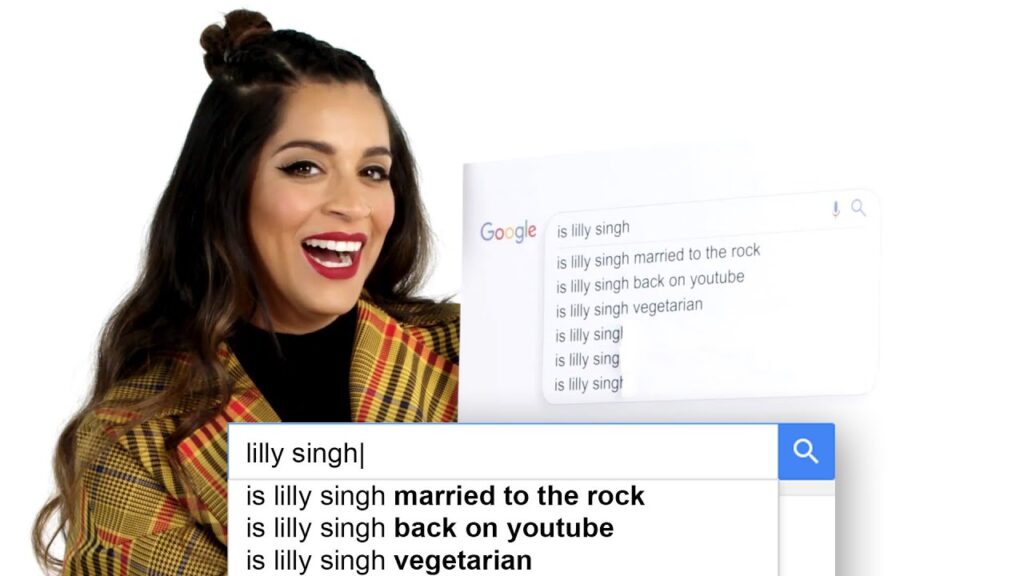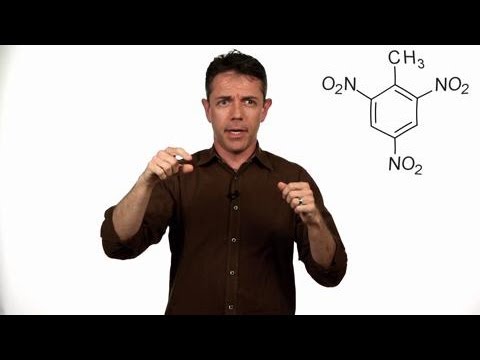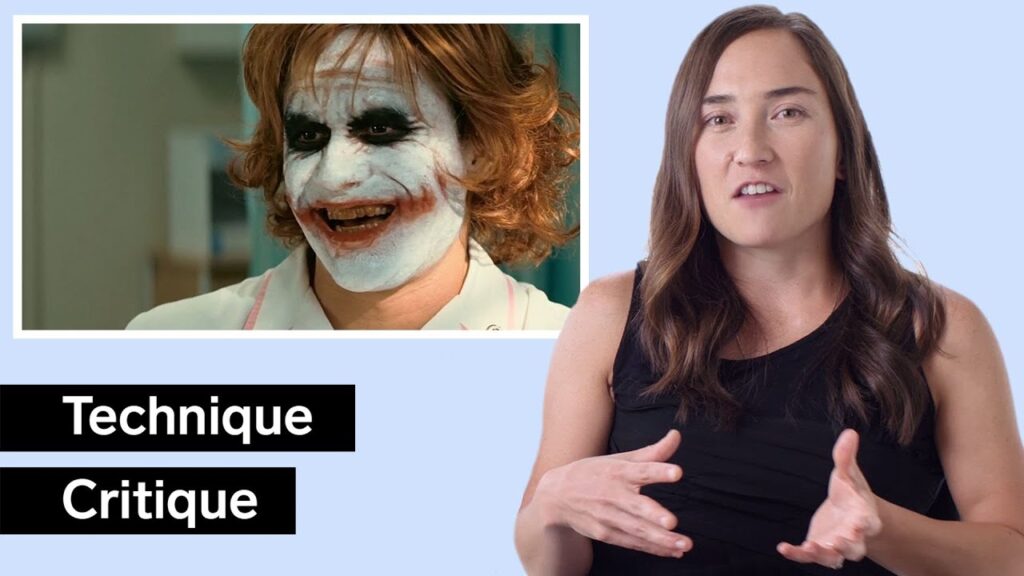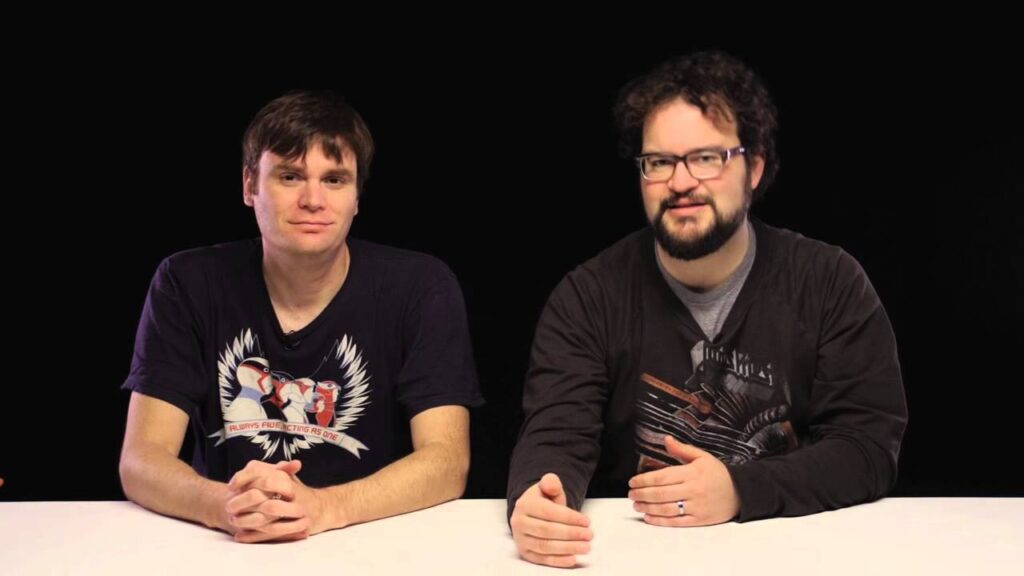An Expert on Medical Dramas: Reviewing the Accuracy of On-Screen Medical Procedures
Summary
Annie Onish, a general surgeon at Columbia University, reviews various scenes from movies and TV shows that depict emergency room and operating room situations. She highlights accurate and inaccurate details, such as never stopping effective CPR to yell encouragement, the importance of removing all hair before surgery, and the accuracy of using adrenaline to kick-start a heart into a perfusing rhythm.
Table of Contents
- The Reality Behind TV and Movie Surgery Scenes
- Accuracy of Medical Depictions in Media
- Critiquing Medical Dramas for Accuracy
- Enjoying Medical Dramas for Entertainment
Introduction
Medical procedures are some of the most intense and complex situations in any hospital or clinic. However, in the world of entertainment, medical dramas provide a fictionalized portrayal of medical procedures. Most of these depictions are dramatized, unrealistic or even inaccurate. Nonetheless, there is a need to review these portrayals to help viewers understand what is accurate and what is not.
In this Q&A, we will be discussing the accuracy of on-screen medical procedures with Annie Onish, a general surgeon at Columbia University.
The Reality Behind TV and Movie Surgery Scenes
Questioner: In several movies, we notice patients conscious and talking to the physicians during surgery. Is this possible?
Annie Onish: There is a phenomenon called intraoperative awareness that can occur in some rare instances where the patient is conscious and aware during the surgery while under anesthesia. Though it’s rare, it is a known phenomenon documented in research studies, possibly associated with inadequate anesthesia.
Questioner: Do physicians clamp eyelids shut during surgery to prevent corneal abrasions?
Annie Onish: Yes, they do clamp eyelids shut to prevent corneal abrasions during surgery.
Questioner: In some scenes, we see physicians shave hair from patients before surgery. How accurate is this?
Annie Onish: Before surgery, it’s essential to remove all hair, but usually, electric clippers are used. Razor blades can increase the risk of skin infections.
Questioner: What about the accuracy of vital signs being monitored during surgery?
Annie Onish: Vital signs are monitored regularly during surgery, and there is a need to ensure that blood pressure, heart rate and oxygen levels of the patient are stable.
Questioner: Do emergency tracheotomies work when a patient is choking?
Annie Onish: Typically, emergency tracheotomies are not performed in a choking patient. However, there are some instances where it could be carried out unsuccessfully.
Accuracy of Medical Depictions in Media
Questioner: How accurate are medical depictions in the media?
Annie Onish: The accuracy of medical depictions in media varies from show to show. Some medical dramas are entirely fictional, and others are historically accurate. However, it’s essential to recognize that dramatic license is taken to create compelling storylines.
Questioner: In the TV series, Grey’s Anatomy, patients are shown screaming loudly without any sedation during a surgical procedure. How accurate is this?
Annie Onish: This is not an accurate depiction. During surgery, patients are under anesthesia.
Questioner: In a movie, we saw a surgeon reading a magazine during surgery. Is this possible?
Annie Onish: No, this is not possible. Medical practitioners are required to remain focused and attentive throughout the procedure.
Questioner: In the Army, one is trained on bomb removal, is this true?
Annie Onish: While this might sound outlandish, the truth is that the Army does publish guidelines for live bomb removal.
Critiquing Medical Dramas for Accuracy
Questioner: For your part, how do you critique medical dramas?
Annie Onish: As a medical practitioner, I review these dramas and dissect their accuracy. While it’s important to keep in mind that the entertainment factor of such dramas can blur the line between reality and fiction, it’s still essential to point out inaccuracies that can lead to patient harm or misinform the general public.
Questioner: Could you tell us about some of the blatant inaccuracies you have come across?
Annie Onish: In some medical dramas, we see physicians ignoring protocols and flouting the law, which is entirely unacceptable. These dramas also portray physicians performing questionable and harmful procedures on patients, increasing the potential for lawsuits.
Questioner: And what about the accurate portrayals?
Annie Onish: There are some shows with accurate medical portrayals. They highlight the use of cutting-edge technology and techniques, along with the daily challenges that medical practitioners face. For example, in the TV show Scrubs, one encounters the stark reality of working in a hospital.
Enjoying Medical Dramas for Entertainment
Questioner: With all these inaccuracies, do you get any entertainment value from medical dramas?
Annie Onish: While some of these shows can be frustrating for a medical practitioner due to the inaccuracies, as an individual, I find medical dramas to be entertaining. They provide relief from the intensity of work and offer a different perspective on the industry.
Conclusion
In conclusion, medical dramas can be both entertaining and educational. While some depictions may be dramaticized and unrealistic, we should not discredit their value altogether. There is a need to review them critically to identify what is fact or fiction. This nuanced understanding ensures that viewers are accurately informed and entertained.
